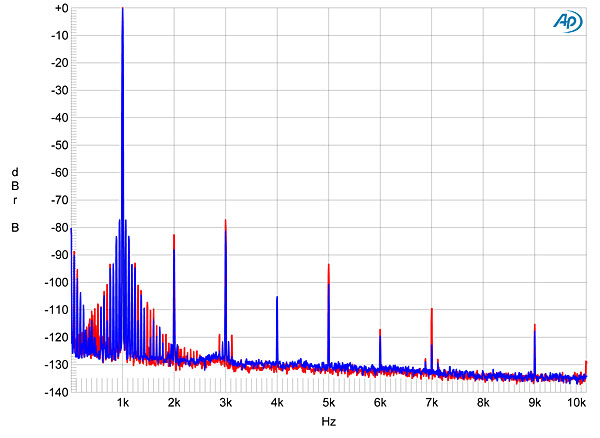| Columns Retired Columns & Blogs |
The Music Reference RM-200 Mk.II is one sweet piece of audiophile equipment, perfect for the office or recording environment. You can put it right on your desk with bookshelf speakers and have a mini tube hi-fi setup for your iPod. I wonder if it uses hybrid coupler technology or strictly the classic vacuum tube type. And do they also supply the AC power adapter or do you have to get one yourself?















































